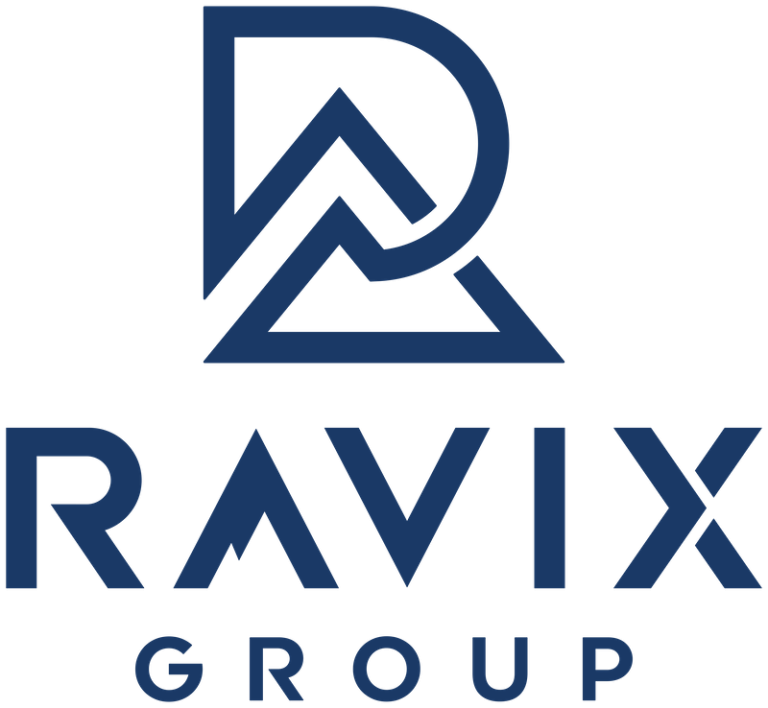It’s that time of year again, planning for the upcoming year, making assumptions and reporting to the higher-ups. Calculating the size of your market isn’t a one-time exercise for your pitch deck, its an annual planning metric that can change the way you view your Ideal Customer Profile, and help focus your marketing and sales dollars on the right prospects and customers.
What is Total Addressable Market?
Imagine you’re selling umbrellas. Your Total Addressable Market (TAM) isn’t just people who don’t have umbrellas; it’s everyone who experiences rain. TAM represents the full revenue opportunity available for a product or service if it were to reach maximum market penetration. It’s a snapshot of potential, a gauge of the market size your startup could theoretically serve. TAM data
Why Startups Calculate TAM
Understanding your TAM is like having a map on a treasure hunt. It helps you:
- Gauge Market Potential: It gives a sense of how big the market opportunity is. A larger TAM indicates a bigger market to capture but also potentially more competition.
- Guide Product Development: Knowing the market size can shape product features, pricing strategies, and even guide future iterations or expansions.
- Attract Investors: Investors love big opportunities. A substantial TAM can be a compelling part of your pitch, signaling the growth potential of your business.
- Determine market penetration: How much of the market can you realistically penetrate? This number is dependent on your TAM calculation.
How Often Should TAM Be Calculated?
TAM isn’t a static figure. Markets evolve, trends shift, and consumer behaviors change. Ideally, reassess your TAM annually or whenever there’s a significant market shift or pivot in your business model. You’ll also want to re-evaluate TAM when fundraising or going through an M&A or IPO. During these processes, its always valuable to have a CFO building or reviewing your numbers and building it into the story.
How is TAM Used?
TAM serves as a north star in strategic decision-making. Here’s how:
- Strategy Meetings: When plotting your course in strategy meetings, TAM helps prioritize which markets to target first and which to defer. It’s a guiding light in allocating resources efficiently.
- Evaluating ICP: During annual reviews, TAM can be used to reassess your Ideal Customer Profile (ICP). If your TAM has shifted, perhaps your ICP should too.
- Fundraising: In the fundraising process, TAM is your headline act. It’s a number that can excite potential investors, giving them a sense of the market opportunity awaiting conquest.
- Land & Expand: When evaluating a land & expand approach, you can utilize TAM to determine when, where, and even how to expand based on the market.
- Pricing Considerations: Price and LTV are huge components of TAM – re-evaluating allows the startup to also review price and look for ways to increase LTV, thereby increasing TAM. A good fractional CFO can look at industry and market pricing, as well as ways to improve LTV.
How is TAM Calculated?
There are several ways to calculate TAM, but let’s keep it simple:
Bottom-Up Analysis
This is like starting with a single drop and estimating how many more drops make up the ocean. Begin with specific data points like average sales price and expected annual purchase frequency, then extrapolate this across the number of potential customers in the market.
1. SaaS Company (Project Management Tool):
- Average Sales Price: Assume $50 per user per month.
- Estimated Customers: Research indicates 50,000 small businesses in your target market could benefit from the tool.
- Annual Purchase Frequency: Each customer subscribes monthly, totaling 12 purchases a year.
- TAM Calculation: $50 x 50,000 x 12 = $30,000,000 annual TAM.
2. CPG Company (Organic Snack Bars):
- Average Sales Price: $2 per bar.
- Estimated Customers: Research shows 1 million health-conscious consumers in the region.
- Annual Purchase Frequency: On average, each customer buys 100 bars a year.
- TAM Calculation: $2 x 1,000,000 x 100 = $200,000,000 annual TAM.
3. Biotech Company (Specialized Medical Device):
- Average Sales Price: $5,000 per device.
- Estimated Customers: 2,000 hospitals and clinics are potential buyers.
- Annual Purchase Frequency: Each buys an average of 5 devices per year.
- TAM Calculation: $5,000 x 2,000 x 5 = $50,000,000 annual TAM.
Top-Down Analysis
his is akin to looking at the entire ocean and estimating how much of it you can realistically sail. Start with broad industry data (like total market sales) and narrow it down to your specific segment.
1. SaaS Company (Project Management Tool):
- Total Market Sales: The global market for project management software is estimated at $4 billion.
- Market Segment Share: Assume the small business segment constitutes about 15% of the total market.
- TAM Calculation: $4 billion x 15% = $600 million TAM.
2. CPG Company (Organic Snack Bars):
- Total Market Sales: The organic snack bar market is valued at $6 billion globally.
- Market Segment Share: Assuming the target is the health-conscious segment, which makes up about 20% of the market.
- TAM Calculation: $6 billion x 20% = $1.2 billion TAM.
3. Biotech Company (Specialized Medical Device):
- Total Market Sales: The market for specialized medical devices is estimated to be around $30 billion.
- Market Segment Share: Given that the device caters to a niche segment, let’s say it captures about 2% of the total market.
- TAM Calculation: $30 billion x 2% = $600 million TAM.
Value Theory
Here, you focus on the value your product or service provides. How much would customers be willing to pay for the value you’re offering? It’s a subjective approach but can offer valuable insights, especially for innovative products without direct competitors.
1. SaaS Company (Project Management Tool):
- Value Proposition: The tool significantly increases productivity and reduces project management time.
- Value-Based TAM Calculation: Assuming each small business values these efficiency improvements at $1,000 annually, and with 50,000 small businesses as potential customers, the TAM would be $1,000 x 50,000 = $50,000,000.
2. CPG Company (Organic Snack Bars):
- Value Proposition: Organic snack bars offer health benefits and align with consumer values around sustainability and organic consumption.
- Value-Based TAM Calculation: If consumers are willing to pay a premium for these benefits, say an additional $0.50 per bar over standard pricing, the enhanced value per bar is $2.50. With 1 million consumers buying 100 bars a year, the TAM is $2.50 x 1,000,000 x 100 = $250,000,000.
3. Biotech Company (Specialized Medical Device):
- Value Proposition: The device offers advanced medical capabilities, leading to better patient outcomes and more efficient hospital workflows.
- Value-Based TAM Calculation: Hospitals might value these advantages at an additional $2,000 per device. Therefore, with an enhanced value of $7,000 per device and 2,000 potential buyers purchasing an average of 5 devices each, the TAM is $7,000 x 2,000 x 5 = $70,000,000.
TAM in Action
In Strategy Meetings: Imagine you’re discussing whether to expand your product line. By looking at the TAM for each potential new product, you can decide which has the highest potential market and prioritize development resources accordingly.
In Evaluating ICP: Let’s say your startup initially targeted urban millennials, but annual TAM analysis reveals a growing market in suburban middle-aged families. This insight could pivot your marketing strategy to include this new, lucrative segment.
In Fundraising: When pitching to investors, use TAM to paint the picture of potential. For instance, “Our innovative health drink has a TAM of $2 billion in the health-conscious market, and we aim to capture 5% of this market in the next five years.” This highlights not only the market size but also your ambition and plan to capture it.
Calculating your TAM and need more insights? Reach out to Ravix Group today and receive a complimentary consultation with one of our expert fractional CFOs who can review your TAM and give additional insight.



